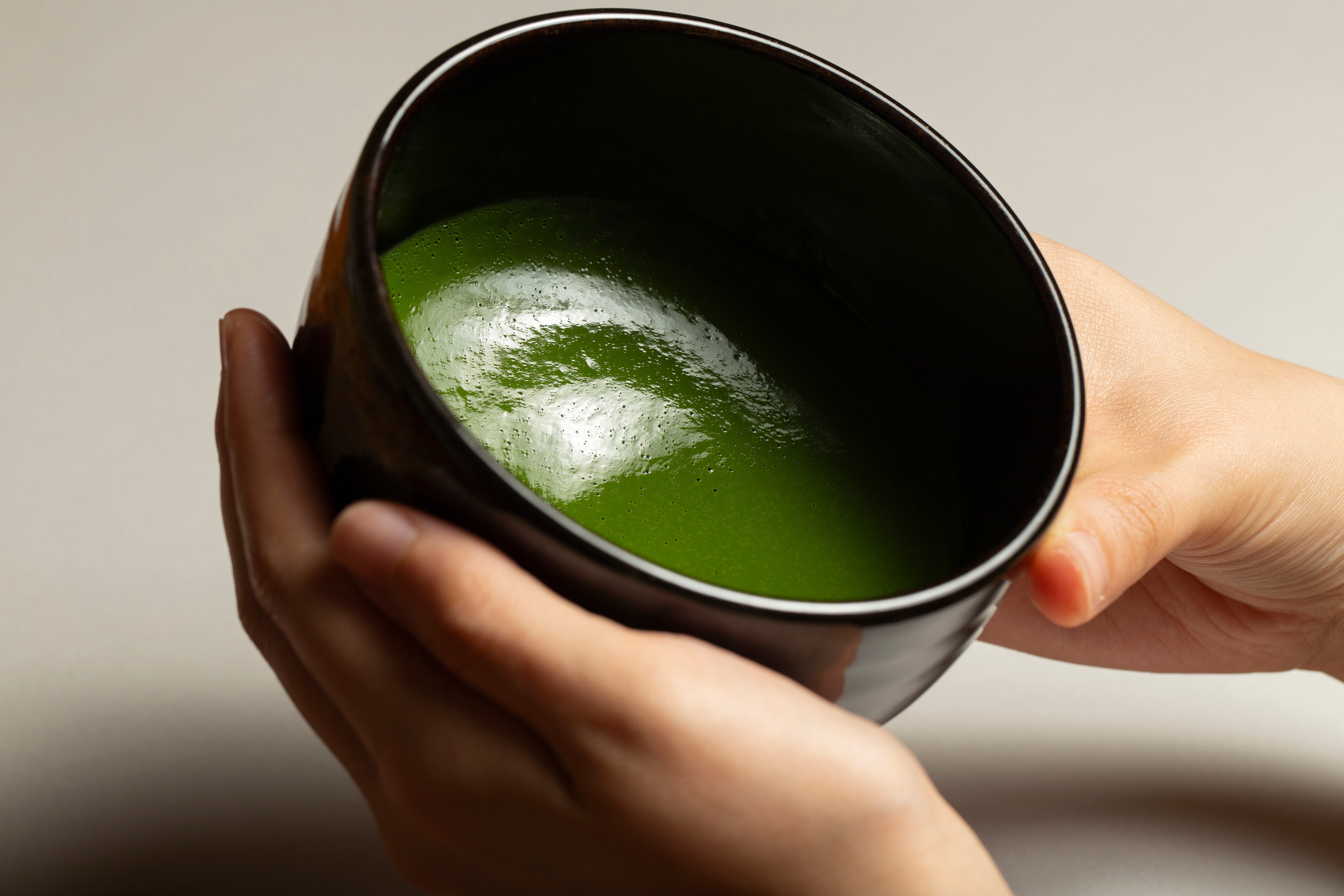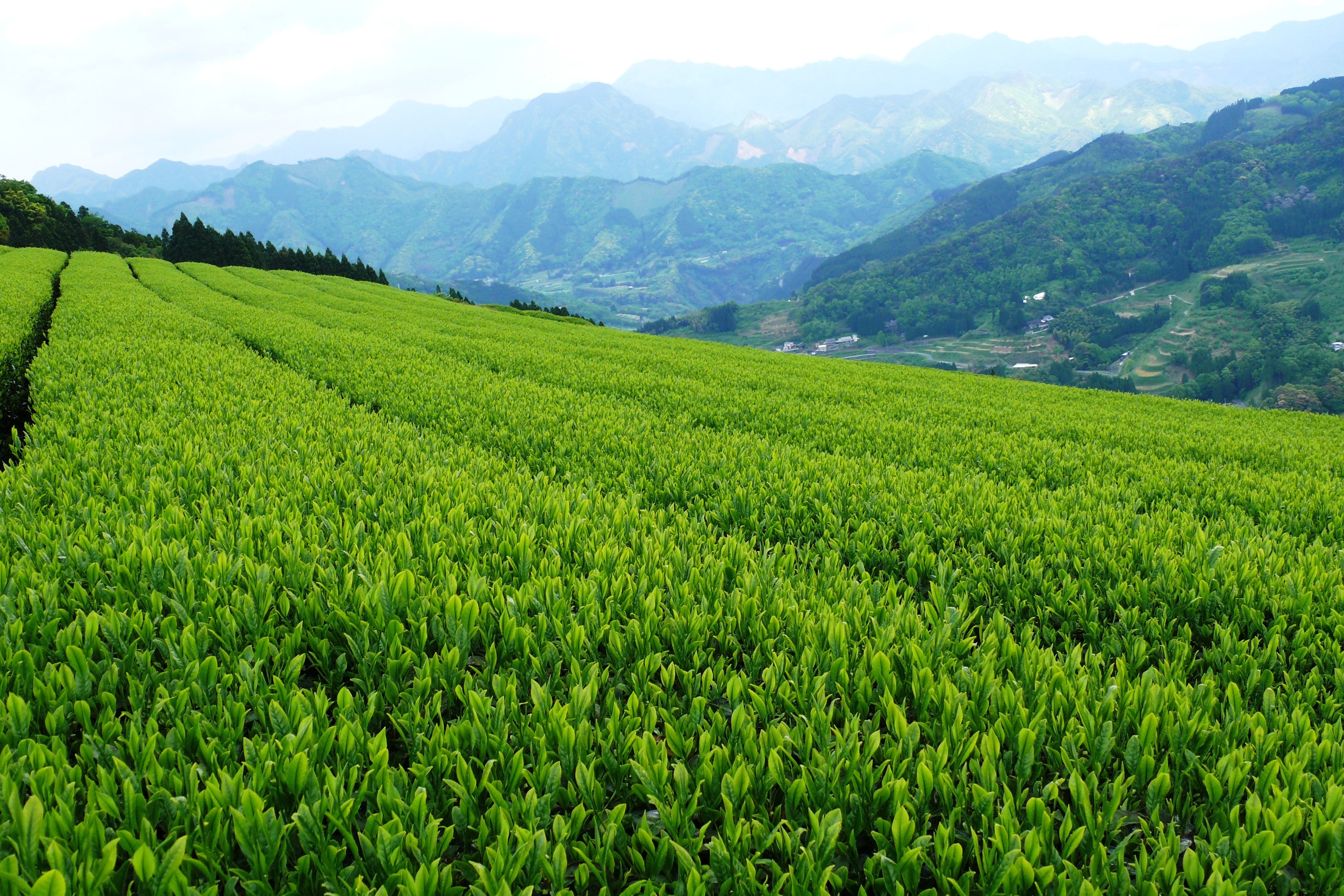
How Matcha is Made: From Chabatake to Your Cup
If you’ve ever wondered what goes into creating that smooth, vibrant bowl of matcha, you’re in the right place. At Chikiriya, we’re passionate about preserving centuries-old traditions while delivering the finest quality tea to your cup.
In this behind-the-scenes guide, we’ll take you through the step-by-step process of how matcha is made, from cultivating tencha leaves in the Chabatake (tea fields) to the careful steaming and drying techniques that bring out its signature umami.
What Is Tencha?
Matcha begins with tencha, the raw material for matcha powder. Grown in carefully tended tea fields, tencha is shaded weeks before harvesting to enhance flavour, aroma, and colour.
Traditionally, farmers covered tea plants with yoshi (reed mats) or straw, a method developed during the Muromachi period, called Honzu, alongside Japan’s flourishing tea ceremony culture. Today, most tea farms use a black cloth called Kanreisha, which is less labour-intensive.

Why Shade The Tea Plants?
A large part contributing to green tea's characteristic umami and sweetness is an amino acid called L-theanine. The amino acid is produced by the roots of the green tea plant and is then transported to the leaves. When the light hits the leaves for photosynthesis, L-theanine breaks down to form Catechin.
Catechin is a polyphenol that is responsible for green tea's astringency, and thus, with less sunlight, the chances of photosynthesis is also greatly reduced. Hence, there is also less L-theanine being converted into Catechin when the tea plants are being shaded, resulting in a mellow taste with strong umami and sweetness, and little astringency or bitterness. In addition, the suppression of photosynthesis also means that chlorophyll is less likely to break down, resulting in a vibrant green colour for tea leaves, and that is the hallmark of a great quality matcha.
The Harvest: Timing Is Everything
Mid-April: Shades are placed over the tea fields as new buds begin to sprout.
Late April–May: Shielded from sunlight, the tender leaves grow softer, sweeter, and more vibrant.
Hand-Picking: Skilled farmers carefully pluck the young buds: only the best will become matcha.
From Fresh Leaves to Tencha
Once picked, the leaves are quickly sent to the tea factory to preserve their freshness. The journey includes:
Steaming: Strong bursts of steam stop fermentation, locking in aroma and flavour.
Cooling & Drying: Leaves are blown into the air, dried, and shaped with precision.
Sorting & Blending: Leaves are carefully sorted, then blended for consistency.
Storage: The resulting tea, called aratencha, is stored in cool conditions until ground into matcha.
Every step demands both experience and artistry, ensuring each batch of matcha meets the highest standards.

The Art of Grinding Matcha
Tencha is then kept refrigerated until it’s ready to be transformed. Using large granite wheels that rotate slowly and gently, the leaves are ground into a silky powder we know as matcha. The process is painstakingly slow as it takes more than an hour to grind just 40 grams.

This is one of the reasons why hand-milled matcha is so precious: not only are labour costs high in Japan, but each batch represents an extraordinary investment of time and care. In fact, matcha (抹茶), literally “ground tea”, derives its name from this very process. Once ground, the tea is immediately vacuum-packed and refrigerated to preserve its vivid colour, delicate aroma, and complex flavour until it reaches your cup.
A Taste Centuries in the Making
From the Honzu straw-shading method to the delicate hand-picking and steaming of tencha, making matcha is as much an art as it is a craft. When you enjoy a bowl of Chikiriya matcha, you’re not just tasting tea, you’re savouring a tradition perfected over centuries.
Discover our curated Matcha Collection and bring the taste of Uji to your home.






1 comment
So interesting! Thank you so much!! <3
I'm donut?
Leave a comment
This site is protected by hCaptcha and the hCaptcha Privacy Policy and Terms of Service apply.